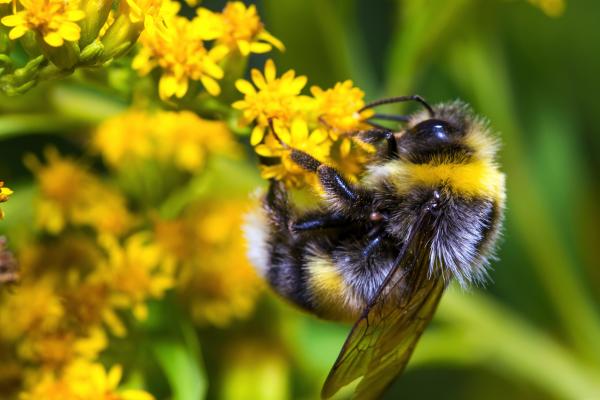Does your church celebrate Earth Day? For decades, tens of thousands of Earth Day Sunday celebrations have enriched Christian communities.
Earth Day began in 1970, after Wisconsin Sen. Gaylord Nelson witnessed a horrifying oil spill in Santa Barbara, Calif., and realized environmental protection was not on the national political agenda. Sen. Nelson announced a “national teach-in on the environment” to the national media, recruited California Republican Sen. Pete McCloskey to co-chair the effort, and recruited a coordinator to put together and promote 85 environmental education events across the United States on April 22. That day, 20 million people engaged in public demonstrations in support of a healthy environment. Groups that may not have communicated before found common cause, as gatherings helped groups such as clean water advocates to connect with others such as wildlife enthusiasts and toxic dump protestors. It was a moment of rare political alignment. Since then, Earth Day celebrations have spread to 184 countries and been observed by millions of people.
Soon, Earth Day events became part of the fabric of our nation’s community life, churches began taking the Sunday service before or after Earth Day to pray, learn, and take action for God’s creation. As one 2006 Fox News article about Earth Day Sunday put it, “The environment has historically taken a back seat to common faith initiatives like the fight against poverty or hunger ... But now, congregations increasingly see a connection between care for God's creation and social issues.”
Over the years, Creation Justice Ministries (formerly the National Council of Churches Eco-Justice Program) has equipped churches with a treasure trove of Christian prayer, education, and action resources for their celebration. Each year, we choose a different theme, based on what issues the leadership of our member communions and denominations believe is most pressing.
As leaders from major Protestant, Orthodox, Baptist, Peace Church, and Historically Black Church traditions deliberated together about the 2016 theme, they were influenced by new and clear evidence — based on conservative scientific measures — that our earth is in the midst of a mass extinction. They were alarmed by this news, as well as the lack of public awareness about God’s creatures in crisis. For this reason, our 2016 Earth Day Sunday resource is Care for God’s Creatures.
Care for God’s Creatures invites congregations to our interdependence with God’s creatures. Ecosystem services are services nature provides that we might take for granted. For example, when is the last time you thanked a bee for pollinating your fruits and vegetables? Or thanked bats and birds for providing natural mosquito control? In emerging scientific field of biomimicry, engineers and biologists look to nature to solve our most pressing technical problems. Perhaps beetles can give us hints about water resistant technologies, or maybe the aquadynamic fins of a whale could inspire more efficient wind turbines.
Care for God’s Creatures also highlights the story of the Native Alaskan Gwich’in people who are struggling against development aggression in the Arctic National Wildlife Refuge to protect the Porcupine caribou, an animal they depend on for sustenance, culture, and spirituality.
Churches adapt Earth Day Sunday to their local communities in myriad ways. In fact, churches in California, Massachusetts, New Jersey, Washington, and Wisconsin have found unique ways to celebrate Earth Day this year.
However your faith community celebrates God’s creation, know you are part of a great tradition, and we are here to support you.
Got something to say about what you're reading? We value your feedback!

